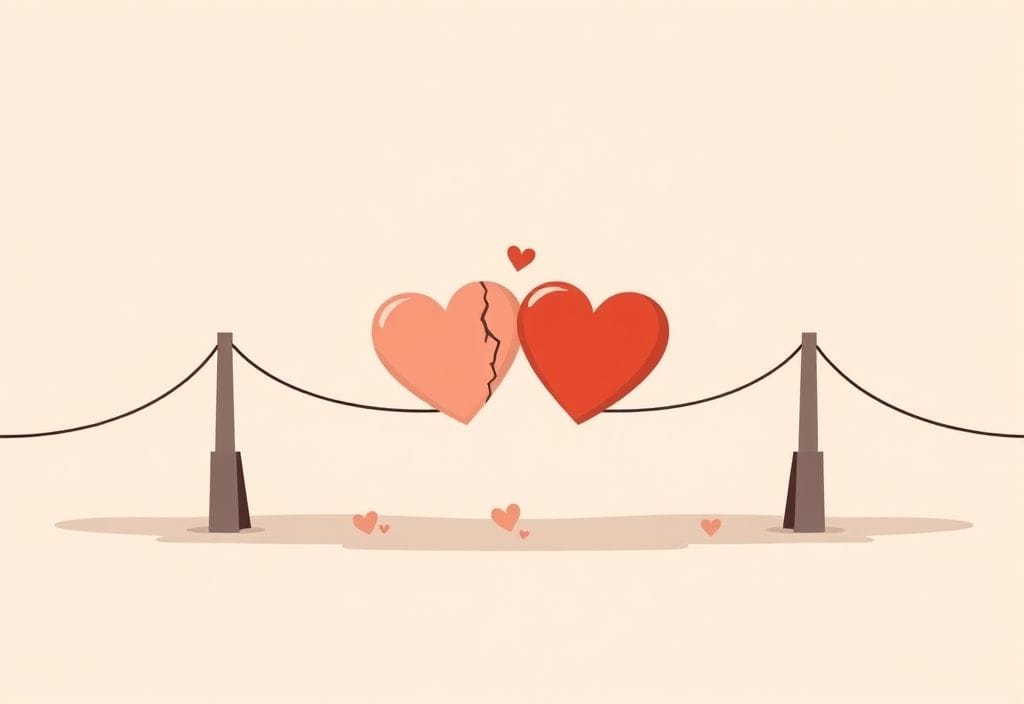Relationship anxiety can feel like emotional quicksand. The more you try to “fix” it alone, the deeper you sink. Whether it’s fear of abandonment, constant overthinking, or trust struggles, these emotions can silently erode the foundation of even the most loving relationship.
Studies show that anxiety-related issues now affect nearly 1 in 5 couples in the US. But here’s the truth: healing is possible with the right mindset and the support of experienced therapists for relationship anxiety. This guide will walk you through how therapy helps, what to expect, and how to take the first step toward emotional clarity and connection.
1. Why Therapy Matters When Relationship Anxiety Takes Over
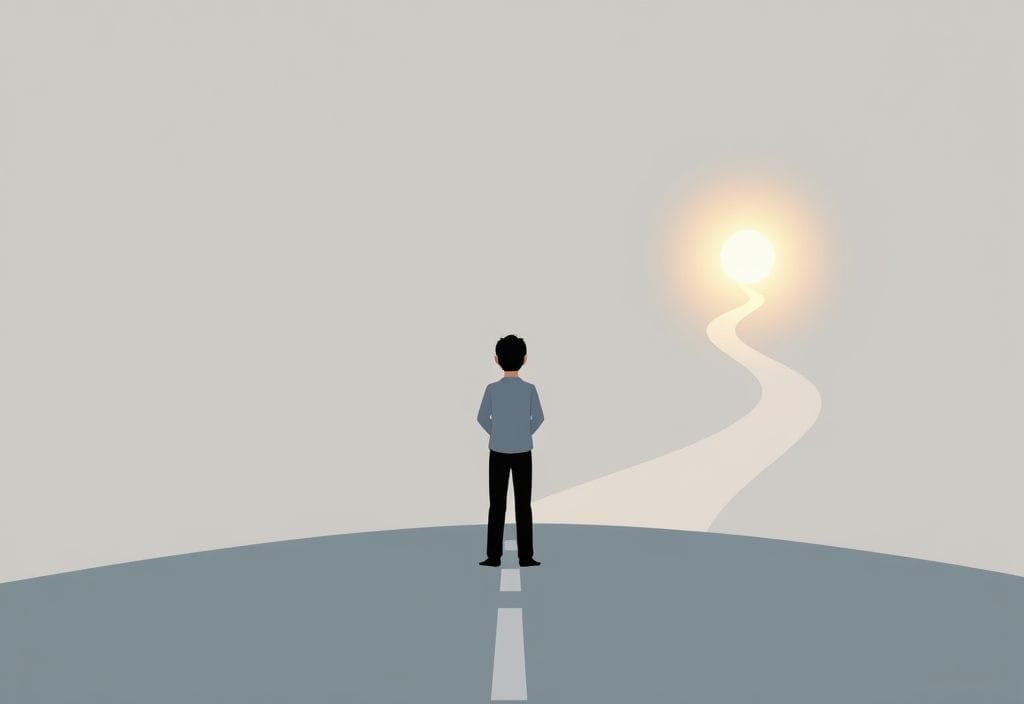
When you’re constantly second-guessing your partner’s texts or lying awake wondering if they’ll leave, it’s not just stress; it’s relationship anxiety. And therapy helps you break the cycle. Whether you’re struggling with trust, fear of rejection, or emotional dependency, therapy offers a safe, structured path forward. Instead of bottling everything up or projecting fears onto your partner, a trained therapist can help you understand and rewire those anxious patterns for good.
Understanding the root causes of emotional panic
Anxiety in relationships often doesn’t start with the partner. It begins with unresolved patterns from childhood, past trauma, or fear of vulnerability. Many clients describe a constant “what if” loop playing in their minds. Therapy helps trace that loop back to its source so you can interrupt the cycle before it hijacks your relationship.
Why solo therapy often works better than couples therapy (at first)
It’s a common myth that relationship therapy always means going in as a couple. In truth, individual therapy for relationship issues often creates faster breakthroughs. You get uninterrupted space to untangle your own triggers and attachment wounds, rather than trying to “solve” things in a joint session when tensions are high.
What real progress in therapy actually looks like
Progress isn’t just about having fewer arguments; it’s about feeling safer inside your skin. Many people report changes like fewer obsessive thoughts, better sleep, and increased self-confidence within 6 to 8 sessions. You’ll start noticing less need to “check in” with your partner and more energy for your goals and happiness.
Common triggers that amplify your relationship fears
Triggers can be sneaky, like a delayed text, a change in tone, or a sudden change in plans. These seemingly small shifts can trigger deep anxiety if left unprocessed. Let’s look at some common patterns many clients bring into therapy.
| Trigger Pattern | Emotional Response | Underlying Fear | Therapist’s Approach |
|---|---|---|---|
| Partner not replying | Panic, overthinking | Fear of abandonment | Mindfulness + inner child work |
| Change in routine | Irritability, clinginess | Fear of rejection | Reframing + behavior mapping |
| Passive comments | Rumination, insecurity | Fear of inadequacy | Cognitive restructuring |
| Social media stalking | Jealousy, comparison | Fear of being replaced | Digital boundary setting |
| Small arguments | Catastrophic thinking | Fear of loss | Conflict resolution coaching |
| Partner’s independence | Feeling unwanted | Fear of not being needed | Secure attachment exercises |
How to know if it’s time to seek therapy
- You feel anxious more often than secure in the relationship
- Your thoughts are stuck in “what if” spirals
- You find yourself sabotaging healthy communication
- You seek constant reassurance, but never feel calm
- You’re scared the relationship will end without warning
2. What to Expect from a Therapist for Relationship Anxiety
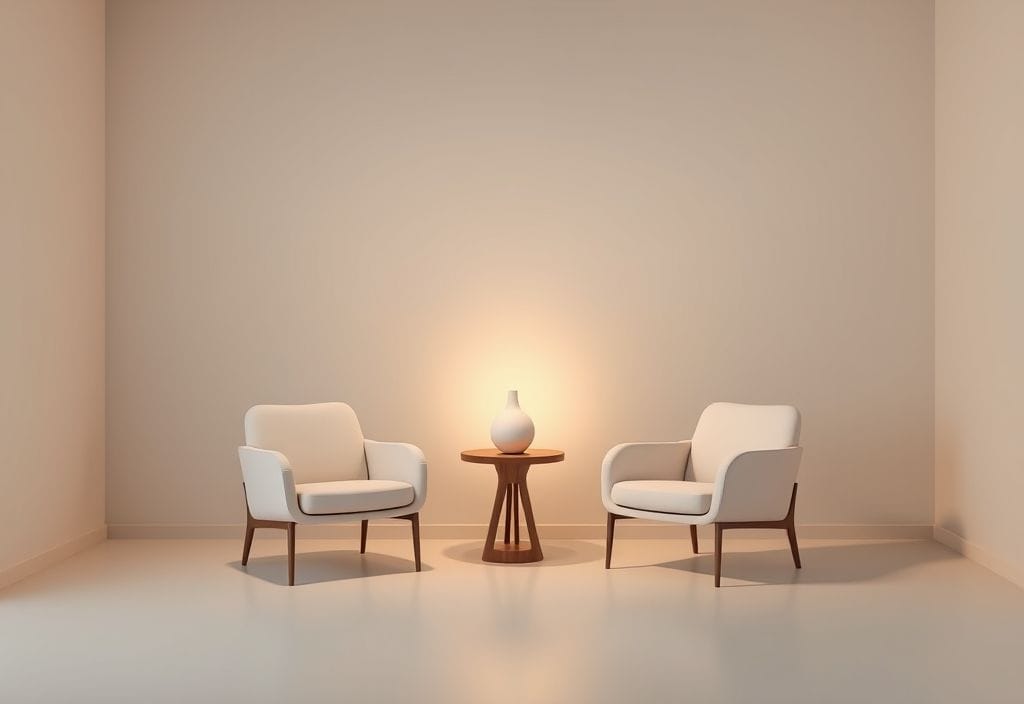
Walking into your first therapy session can feel intimidating, especially when you’re already feeling emotionally raw. But knowing what to expect can turn that fear into relief. Therapists trained in anxiety and attachment issues create a space where judgment is left at the door. You won’t be asked to “fix” your partner. Instead, you’ll learn to calm your inner emotional storm, rebuild self-trust, and communicate more securely. It all starts with you.
First sessions focus more on you than the relationship
Don’t expect to start talking about your partner right away. In most therapy frameworks, the first few sessions are about your thoughts, emotional patterns, and inner narrative. Your therapist will listen deeply, help you unpack past relationship experiences, and begin identifying anxious thinking cycles that fuel distress.
Therapists don’t give advice, they guide clarity
One common misconception is that therapists will tell you what to do. In reality, a skilled therapist won’t make decisions for you. Instead, they’ll offer insights, reframing techniques, and emotional tools so that you gain clarity and make choices from a grounded place, not a fearful one.
Progress looks quiet before it looks loud
Early breakthroughs in therapy often go unnoticed, like being able to sit with silence without spiralling or resisting the urge to overexplain after a minor disagreement. Over time, those quiet shifts turn into visible results. You start responding rather than reacting, which completely changes the emotional temperature in your relationship.
A glimpse into one client’s breakthrough moment
Lena, 31, came to therapy convinced her boyfriend was losing interest every time he didn’t text back quickly. In week 4, her therapist helped her map her “emotional spiral” in a visual timeline. Seeing it drawn out helped her realise the panic didn’t start with him but with childhood memories of being ignored. Within three sessions, she began responding to those anxious moments with self-soothing instead of confrontation, softening the entire dynamic between them.
How the therapeutic process usually unfolds
- Session 1–2: Emotional mapping, background history
- Session 3–4: Identifying patterns, building emotional literacy
- Session 5–6: Practising self-regulation techniques
- Session 7–8: Rewiring beliefs about love and security
- Session 9+: Maintenance, deeper boundary work, long-term goals
3. How Relationship Anxiety Affects Your Daily Life

Relationship anxiety doesn’t clock out when you leave the conversation; it follows you into work, friendships, sleep, and even your self-worth. It can quietly distort how you interpret everyday moments. A delayed reply becomes a rejection, a partner’s bad mood becomes your fault, and a casual disagreement spirals into fears of being left. This constant emotional tension drains your energy and colours your entire day.
Your productivity and focus may take a serious hit
When your mind is flooded with anxious thoughts like “What did that text mean?” or “Is she pulling away?”, concentrating becomes nearly impossible. Many people report difficulty focusing at work or avoiding social plans altogether due to lingering worry. Therapy helps you separate actual concerns from fear-based projections.
Sleep becomes a battleground instead of a reset
Anxiety often peaks when everything is quiet. Nights become long loops of rethinking every conversation or anticipating a breakup that hasn’t happened. Over time, sleep deprivation makes emotional regulation even harder. Therapists often use grounding and somatic techniques to retrain your nervous system before bed.
Emotional reactions start to feel unpredictable
You might cry easily, snap at your partner over small things, or withdraw completely. These emotional swings can feel confusing, especially if you’re usually calm. But they’re often a sign that your nervous system is in constant hyper-alert mode, bracing for emotional loss even when there’s no real danger.
A therapist’s experience with invisible anxiety spirals
Dr. Mayra Ellis, a licensed psychotherapist who specialises in attachment trauma, shared that many of her clients don’t recognise their anxiety as anxiety. “They say they feel ‘needy’ or ‘too sensitive’,” she explains. “But once we unpack it, we find a deep-rooted fear of being emotionally unsafe. That awareness changes everything; it turns shame into self-compassion.”
Telltale signs that anxiety is affecting your lifestyle
- Cancelling social plans to monitor partner behaviour
- Replaying the same conversation over and over
- Avoiding honest communication out of fear
- Struggling to enjoy hobbies or daily pleasures
- Using reassurance-seeking as a coping mechanism
4. How to Deal with Relationship Anxiety Effectively
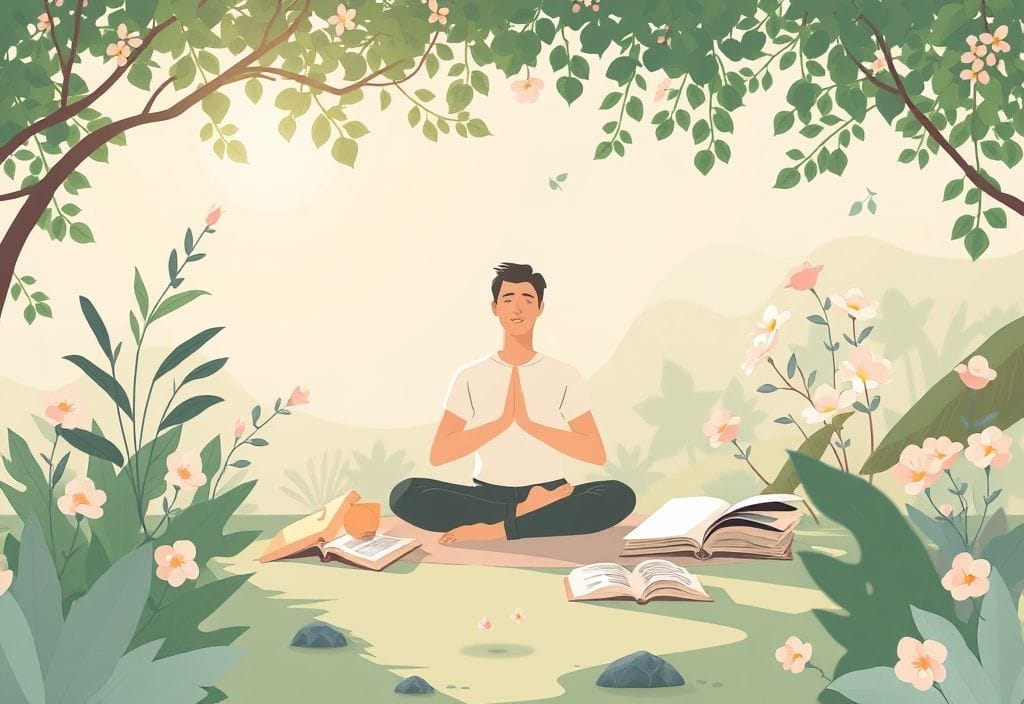
Dealing with relationship anxiety isn’t about shutting off your feelings; it’s about understanding them, so they stop controlling you. Everything changes when you learn to self-soothe, communicate from a grounded place, and recognise anxious thoughts for what they are (just thoughts, not facts). With the right tools and support, you can stop reacting from fear and start responding from self-trust.
Rewire anxious thoughts before they spiral
Therapy teaches cognitive techniques like thought defusion, which helps you observe anxious thoughts instead of believing them. For instance, instead of thinking “She’s pulling away,” you pause, acknowledge the idea, and reframe it with curiosity: “Is there another reason she might be quiet today?”
Practice secure self-talk in anxious moments
How you talk to yourself during an anxiety wave is powerful. Start replacing “I’m too much” or “They’ll leave me” with “I am safe right now” or “We can talk about this when I feel calmer.” Secure self-talk rewires the brain toward safety, not panic. Therapists often model this in session.
Create rituals that calm your nervous system
Try anxiety-reducing rituals like morning breathwork, post-text journaling, or end-of-day gratitude walks. These simple acts signal safety to your brain and give your body a break from emotional tension. Over time, these calming habits become anchors when relationship stress flares up.
Find your emotional reset spot nearby
If you’re in a city like Seattle, Toronto, or Melbourne, try stepping into local sensory sanctuaries such as a warm-lit bookstore, a botanical garden, or even a cosy café with soft jazz and strong coffee. Your nervous system craves predictable environments that feel emotionally safe. Regularly visiting calming spaces can help regulate your internal weather when anxious patterns kick in.
Easy ways to manage anxiety in real time
- Use the 5-4-3-2-1 sensory grounding method
- Keep a voice memo journal for emotional releases
- Set boundaries around how often you check your phone
- Use guided meditations designed for attachment healing
- Focus on micro-moments of connection instead of control
5. Choosing the Right Therapist for Relationship Anxiety
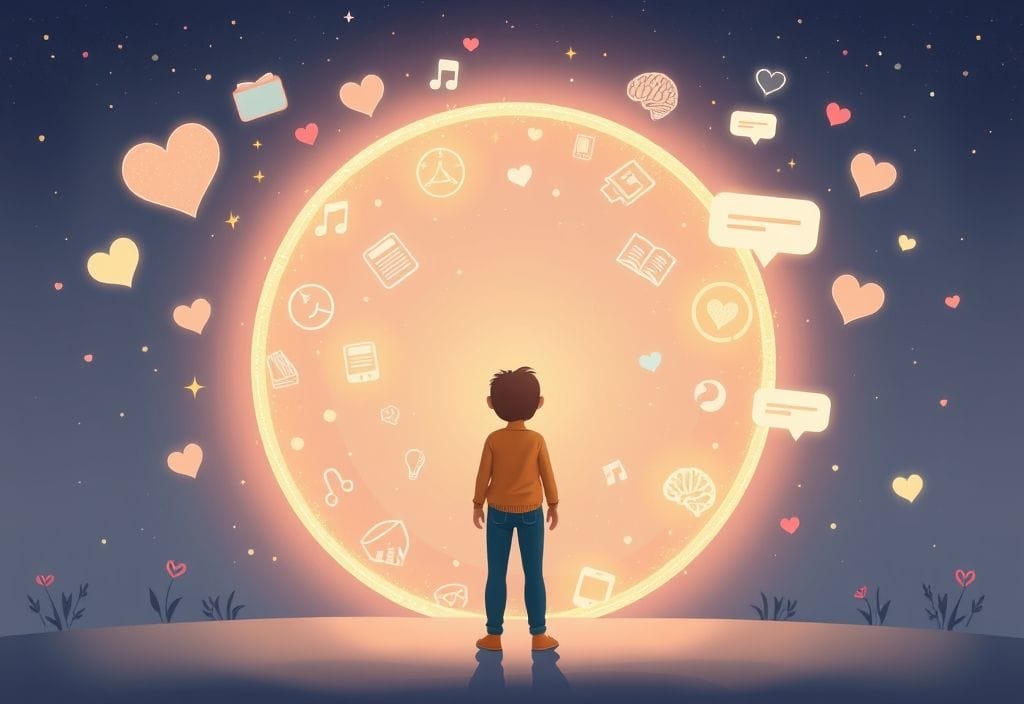
Not every therapist is trained to handle the specific emotional terrain of relationship anxiety. That’s why finding the right fit is more than just picking the closest clinic or scrolling through five-star reviews. You need someone who understands attachment wounds, emotional reactivity, and how anxiety weaves itself into modern love. The right therapist won’t just validate your fears; they’ll help you transform them.
Look for specializations that match your needs
When searching online or through directories, look for therapists who mention terms like “attachment theory,” “relationship anxiety,” or “emotional regulation” in their bios. These keywords indicate they’ve worked with similar cases and aren’t just offering general support.
Check their therapeutic approach before committing
CBT, IFS, and EFT are often effective for anxiety in romantic dynamics. Some therapists blend methods to suit your style, while others stick with one. Ask what approach they use and how it helps with relationship-based anxiety.
Don’t underestimate the importance of chemistry
It might take a few sessions to feel fully open, but it’s okay to switch if you consistently think you’re unheard or dismissed. You deserve someone who makes you feel seen, not judged. A good therapist-client match is built on emotional safety, not obligation.
How different therapists support anxiety in relationships
| Therapist Style | Ideal For | Therapy Focus | Session Feel |
|---|---|---|---|
| CBT – Trained | Overthinkers, mental looping | Reframing thoughts | Structured, goal-oriented |
| Emotionally Focused | Fear of abandonment | Attachment repair | Emotionally deep, validating |
| IFS Practitioner | Inner child work, trauma links | Parts-based self-exploration | Reflective, safe container |
| Psychodynamic Therapist | Long-term patterns, past wounds | Unconscious emotional roots | Insightful, introspective |
| Somatic Therapist | Physical anxiety symptoms | Nervous system regulation | Body-focused, calming |
| Integrative/Blended | Multi-issue clients | Personalized healing plans | Flexible, collaborative |
Tips for making your first sessions more impactful
- Come in with 1–2 clear goals or pain points
- Journal anxious moments to discuss during sessions
- Ask about your therapist’s experience with similar cases
- Reflect on how you feel after each session, not just during
- Be honest about what’s working and what isn’t
6. Rebuilding Your Relationship While Healing Yourself

Healing isn’t just about calming your anxiety; it’s about creating a new emotional blueprint that invites trust, safety, and connection into the relationship. As you do your inner work, your energy shifts. Conversations get softer, boundaries become clearer, and love feels like a choice instead of a survival game. But rebuilding takes intention, not just hope. It’s about showing up differently for yourself and your partner.
Reconnection starts with better self-attunement
You can’t connect with someone else if you are disconnected from your needs. Self-attunement means pausing to ask, “What am I feeling right now?” instead of instantly reacting or withdrawing. It helps you communicate honestly instead of fear, which builds a more secure emotional rhythm in the relationship.
Boundaries are not walls, they’re bridges
Many people with relationship anxiety struggle with boundaries because they equate them with rejection. But boundaries are a form of care for both you and your partner. They help define where your responsibility ends and theirs begins, which allows intimacy to grow without chaos.
Slow, consistent repair beats dramatic change
Grand romantic gestures don’t rebuild safety. What works is quiet consistency: texting when you say you will, respecting space, listening without defensiveness. Over time, these micro-actions create macro-trust. That’s what real healing looks like when anxiety is part of the past, not the present.
The moment it all clicked for Jess and David
Jess had always needed frequent reassurance in her relationship. After five weeks in therapy, she shared how her panic melted the night David walked in late, and instead of confronting him, she said, “I missed you, but I gave myself what I needed while you were out.” That moment wasn’t just about regulation. It was about emotional maturity. David said, “That night felt like love, not pressure.”
How to nurture your relationship while working on yourself
- Celebrate emotional wins, even small ones
- Set weekly check-in rituals with your partner
- Share your therapy insights without oversharing
- Learn your partner’s stress language and triggers
- Be patient — healing shifts energy slowly, not instantly
Conclusion
Healing from relationship anxiety is not about becoming perfect. It’s about becoming present. Everything shifts when you stop trying to control outcomes and learn to trust yourself. That shift can also improve your overall quality of life. The way you love changes. The way you communicate transforms. And slowly, safety stops being a request. It becomes a shared experience. Therapy isn’t the end of your fear. It’s the beginning of your emotional freedom.
Frequently Asked Questions
Can a therapist help with anxiety in relationships?
Yes, a qualified therapist can help you identify the root causes of your anxiety, teach emotional regulation strategies, and guide you through healthy communication patterns. Over time, therapy helps shift your mindset from fear-driven reactions to secure and confident responses in romantic situations.
How do I know if I need individual therapy or couples therapy?
If your anxiety feels deeply internal and tied to past patterns, individual therapy is often the better starting point. Couples therapy can come later if both partners are open to it. Many therapists recommend solo work to build emotional clarity before navigating relationship dynamics.
What type of therapy is best for relationship anxiety?
Cognitive Behavioural Therapy (CBT), Emotionally Focused Therapy (EFT), and Internal Family Systems (IFS) are highly effective. These approaches target core fears, belief systems, and attachment wounds, making them powerful tools for managing anxiety tied to romantic connection and fear of abandonment.
How long does it take to feel better once I start therapy?
Progress varies, but many clients report noticeable emotional shifts within 6–8 sessions. This may include fewer anxious thoughts, better communication, or a calmer nervous system. Long-term healing, especially from deep-rooted attachment issues, may take several months, but results are steady and life-changing.
Is it normal to feel worse before feeling better in therapy?
Yes, it’s completely normal. As you start unpacking deep emotional triggers or old relationship patterns, emotions may intensify temporarily. This discomfort is a sign that healing is underway. A good therapist will support you through this process and help you navigate those vulnerable moments safely.
Your Next Step Starts Small
Pick one tip above that truly resonates with you. Then scroll back, re-read its steps, and apply just one small action today. That’s how real change begins, with one tiny win at a time.
